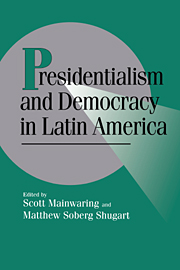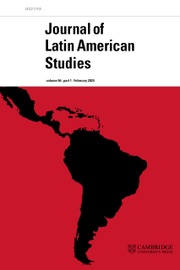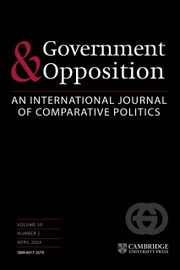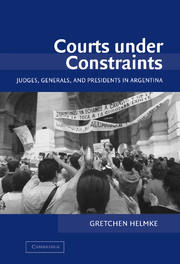Institutions on the Edge
Why does institutional instability pervade the developing world? Examining contemporary Latin America, Institutions on the Edge develops and tests a novel argument to explain why institutional crises emerge, spread, and repeat in some countries, but not in others. The book draws on formal bargaining theories developed in the conflict literature to offer the first unified micro-level account of inter-branch crises. In so doing, Helmke shows that concentrating power in the executive branch not only fuels presidential crises under divided government, but also triggers broader constitutional crises that cascade on to the legislature and the judiciary. Along the way, Helmke highlights the importance of public opinion and mass protests, and elucidates the conditions under which divided government matters for institutional instability.
- Offers the first comprehensive dataset on institutional crises across all three major branches of government (presidents, legislatures, courts) for contemporary Latin America
- Substantively shows that presidents with stronger constitutional powers are more prone to crisis, conditional on presidents being in the minority
- Provides the first unified theory of inter-branch crises, showing that presidential crises are linked to legislative and judicial crises
- Proposes a new micro-level approach to understanding the origins of institutional instability, drawing on formal bargaining models traditionally used in international relations literature
Product details
February 2017Hardback
9780521496148
204 pages
235 × 157 × 16 mm
0.41kg
28 b/w illus. 20 tables
Available
Table of Contents
- 1. Introduction
- 2. Inter-branch crises in Latin America
- 3. Institutional crises as bargaining failures
- 4. Why the mighty fall: explaining the onset of presidential crises in contemporary Latin America
- 5. Constitutional coups as a commitment problem
- 6. Caught in the cross-fire? Inter-branch crises and judicial instability
- 7. Conclusion.










